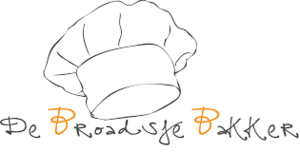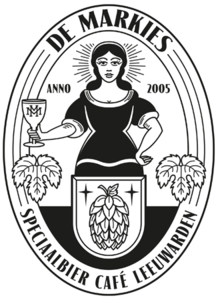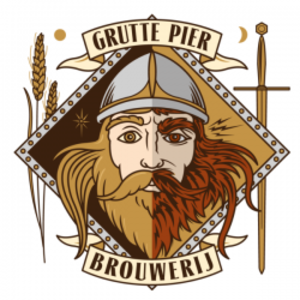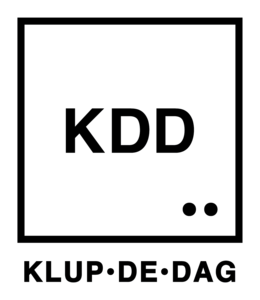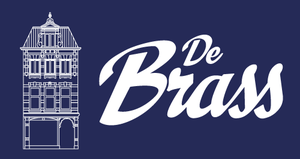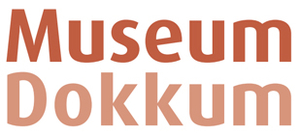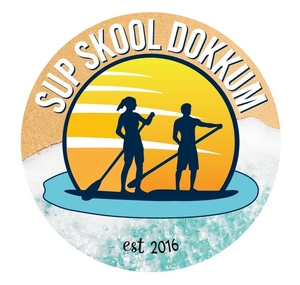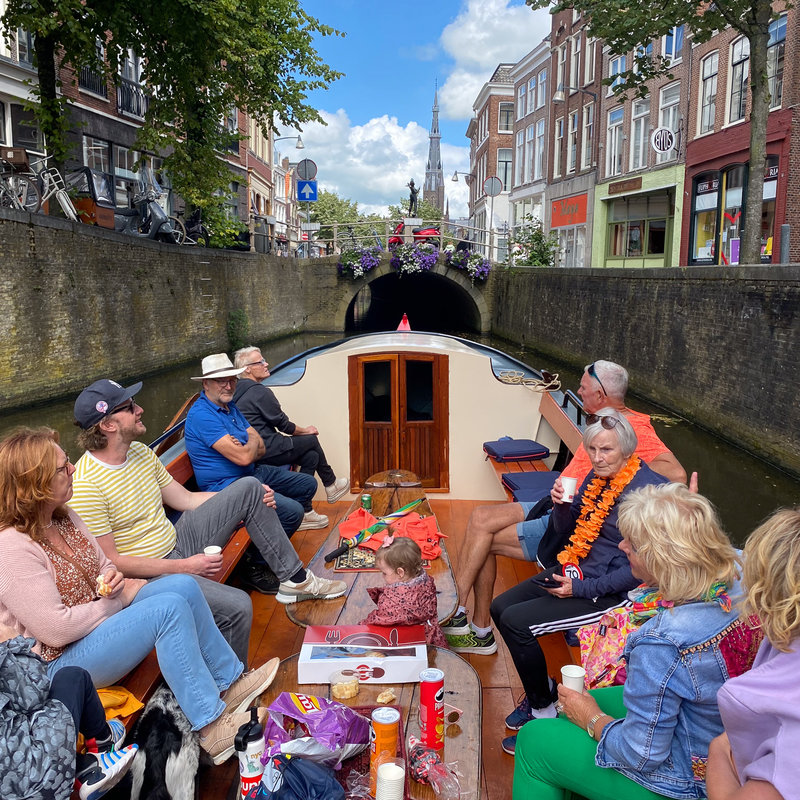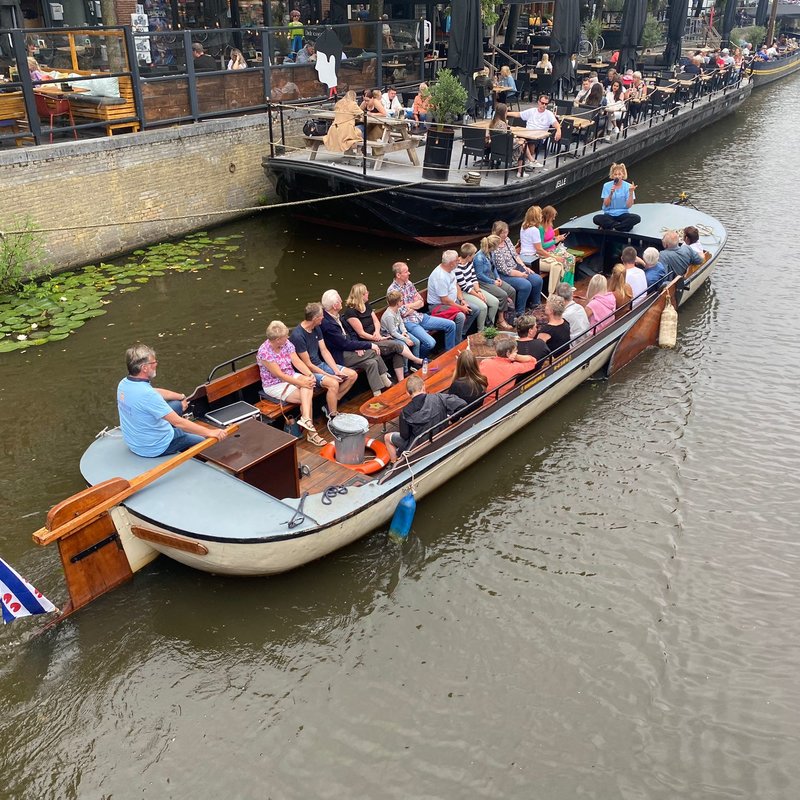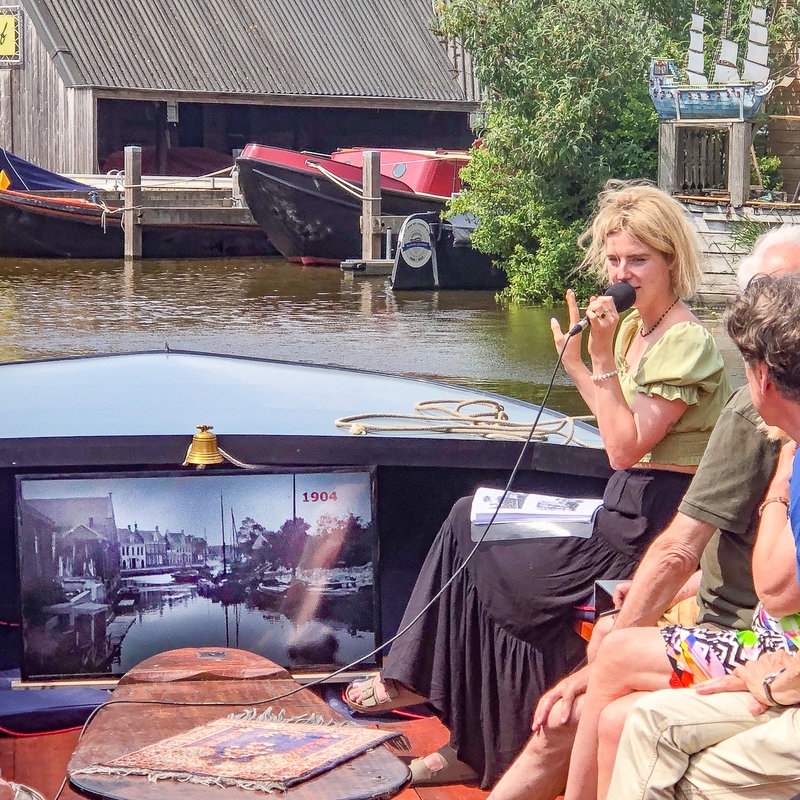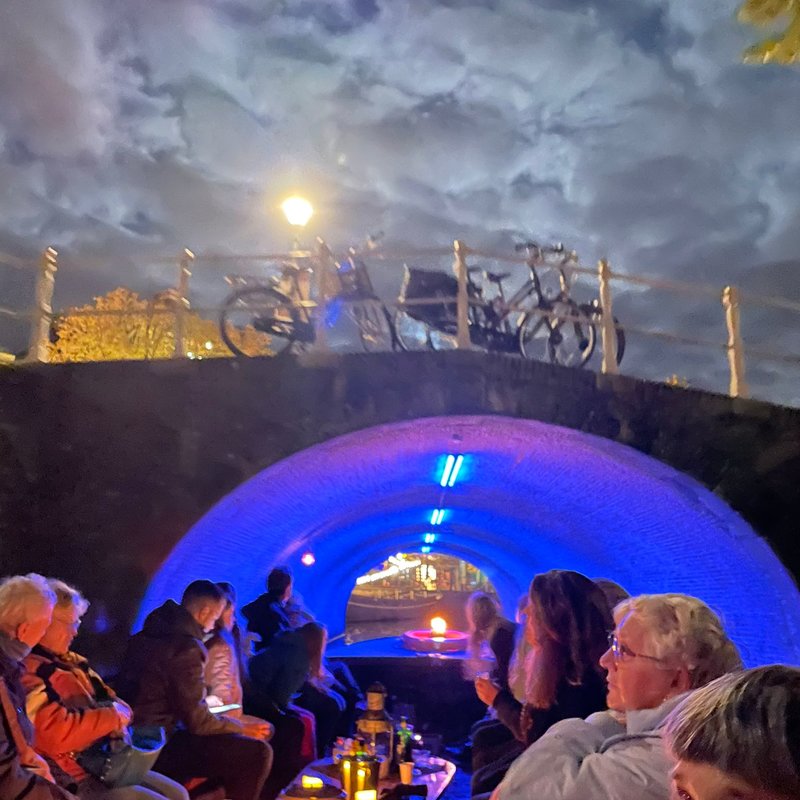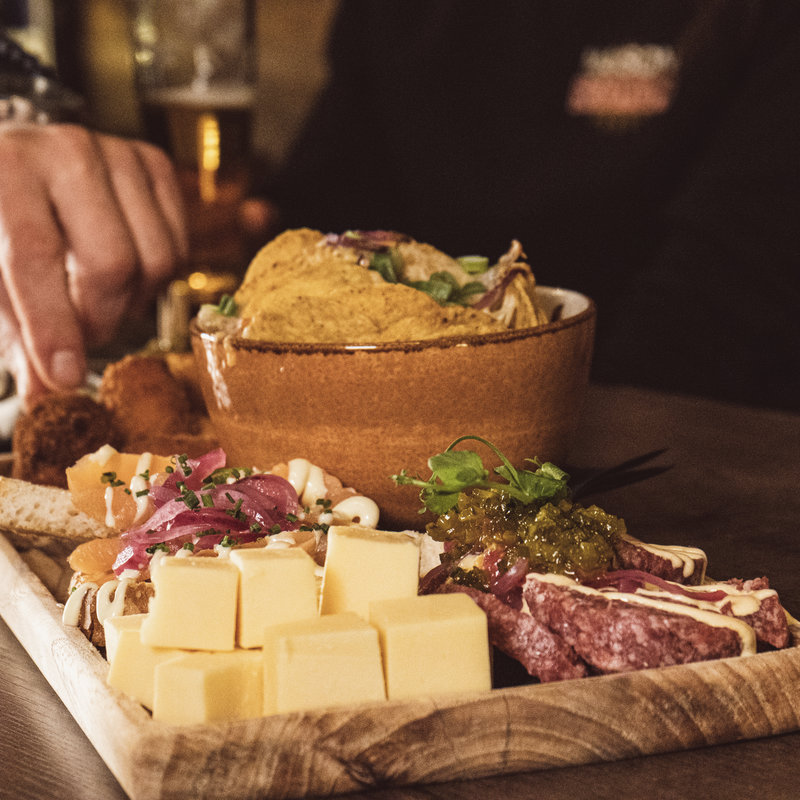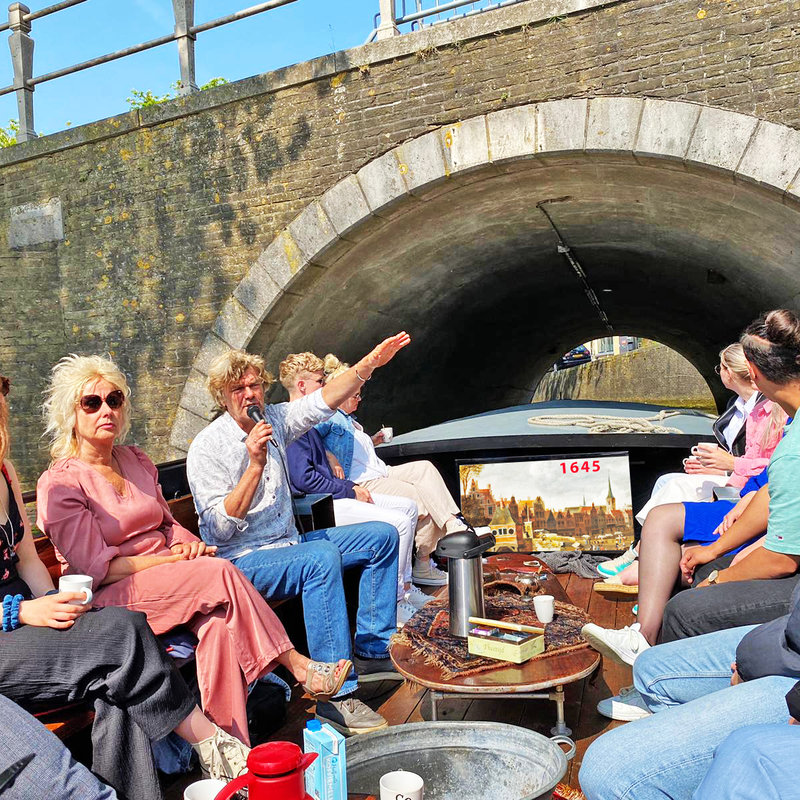History of Frisian Sailing Barges
Farmers used to have their land in places that were best reached by water. Especially central and south-western Friesland were water-rich, and the road system was not as extensive then as it is now.
Most farmers were ‘milk farmers’. They had a few cows and some land, which was often scattered and far apart. Tools, cattle, hay, grass, manure, and so on had to be transported by water. In the 19th and first half of the 20th century, prams were mostly used for this purpose. These were often built on local ramps, such as Bijlsma in Warten or Westerdijk in Terherne, or by a local blacksmith. The client specified the dimensions, which were tailored to the number of cows to be transported and the waterways to be navigated.
In spring, cattle were transported to the land by a barge. Horses were also often taken in the barge. On the way back, hay and milk extracted could be transported again. If the barge had to be moved through ditches and canals, people would use the towline, the sailing boom or the push boom (trilker). If one had to cross lakes and ponds, one usually had access to a sail.








